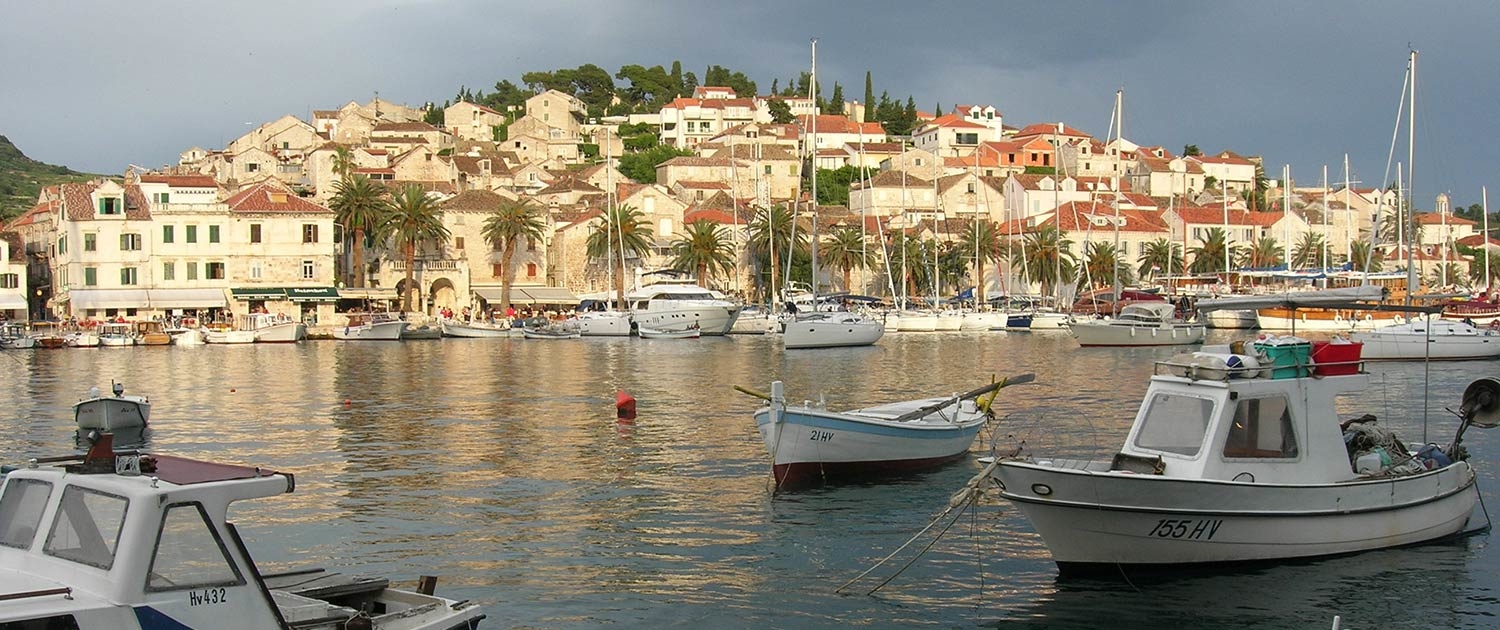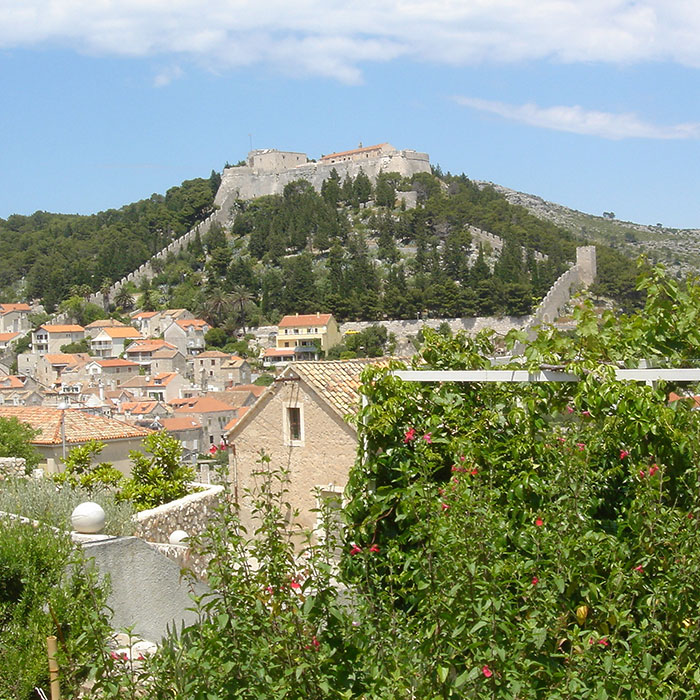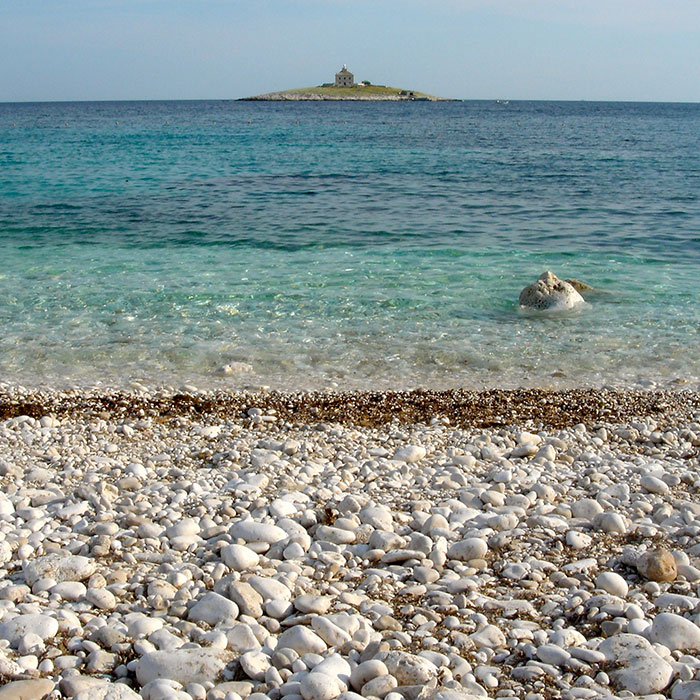Croatia is becoming more and more appreciated around the world for its healthy climate, outdoor lifestyle, fresh food, clean water, and beautiful wines and spirits—and we can think of no better place to experience this Adriatic magic than on the island of Hvar.
Even before the arrival of tribes of Croats around the 7th century, some parts of modern-day Croatia were prized and even hotly contested by other cultures. It is known that Hvar was inhabited as early as the Neolithic Period, and later by Illyrians. Like many locations around both coasts of the Adriatic, a Greek colony called Pharos was established on Hvar at present-day Stari Grad. During Roman times, Hvar became part of the Roman province of Dalmatia and its name was changed to Pharia, the origin of its present-day name. The island was settled in the 7th century by Pannonian Avars and Croats, later coming under the control of the Republic of Venice, the French Empire, the Habsburgs, and others. To say the island of Hvar has been desired throughout history by competing monarchs and empires would be an understatement.
One of the reasons for the island’s desirability is location; situated along prime sailing routes, it has historically afforded opportunities for trading and commercial activities. The Adriatic waters around Hvar are crystal clear, and natural vegetation is plentiful. Add the Mediterranean climate, which offers warm and sunny summers with mild, rainy winters, and you will see why Hvar is considered one of the sunniest spots in all of Europe.
There is also a large fertile plain protected by UNESCO near Stari Grad, the ancient heart of Hvar. The Greeks set up an agricultural landscape in the 4th century BC, which is still in use today. Dry stone walls define geometric parcels, and a system of cisterns and rainwater recovery systems supply precious water. Crops today include grapes and olives, as in ancient times.
Wine cultivation began here by the 12th century, and today Hvar is one of the major wine regions in Croatia, producing both red and white wines. The scent of aromatic herbs which have thrived for generations, particularly lavender and rosemary, has contributed to Hvar’s reputation as a health resort. Hvar is often called the “island of lavender” and is home to some of the best lavender in the world.
We are proud to offer hand-cultivated herbs in our store from the Ćurin family, who have been tending their crops with the old techniques and same dedication as generations past. They have been growing lavender on their family farm in the village of Gdinj since 1955, and today they harvest wild and cultivated herbs and produce organic products such as olive oil and essential oils. Because of the natural terrain it is impossible to automate production, so the Ćurin family continues to use traditional techniques, including hand-digging and harvesting with sickles. When you open a bottle of Ćurin herbs, you experience the essence and fresh aroma of the Mediterranean, direct from the clean, natural environment of Hvar.
Of course no visit to Hvar would be complete without seeing the world-famous agave lace produced by the Benedictine nuns. Their skill and artistry has been passed from generation to generation in the monastery, and today the lace is listed by UNESCO as a “cultural intangible asset.” You can read more in our section on Traditional Croatian Crafts.
Hvar is one of the most visited islands in Croatia, loved for its healthy Mediterranean environment.




